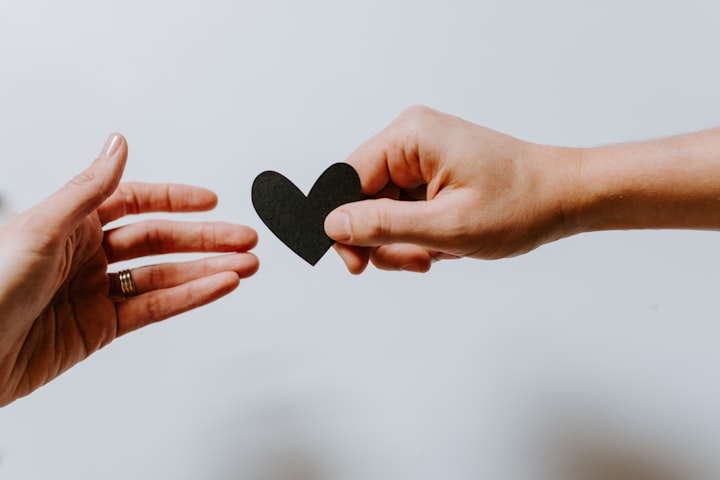
Stereotypes are generalizations or assumptions made about a group of people based on their race, gender, age, religion, or other characteristics. They are often based on limited or biased information and can lead to harmful beliefs and behaviors. Stereotyping is a complex and pervasive issue that can have a significant impact on individuals and society as a whole.
Stereotypes can be positive or negative. Positive stereotypes may seem harmless, but they can still be harmful. For example, the stereotype that Asian people are good at math can put undue pressure on Asian students to perform well in math, while ignoring their strengths in other areas. On the other hand, negative stereotypes can be damaging and can contribute to discrimination and prejudice. For example, the stereotype that black people are violent or lazy can lead to racial profiling and discrimination in employment, housing, and other areas.
Stereotypes are often perpetuated through media and popular culture. Movies, television shows, and advertisements often rely on stereotypes to create characters and narratives. For example, women are often portrayed as emotional and irrational, while men are portrayed as strong and logical. These stereotypes can reinforce harmful gender norms and perpetuate discrimination and inequality.
Stereotypes can also be perpetuated through socialization. Children learn about stereotypes from their parents, peers, and other adults in their lives. They may internalize these beliefs and apply them to people they meet in the future. This can lead to prejudice and discrimination, as well as a limited worldview that excludes people who do not fit into their preconceived notions.
The impact of stereotypes can be significant. They can lead to discrimination and prejudice, as well as feelings of inferiority or superiority. They can also lead to self-fulfilling prophecies, where people internalize the stereotypes that others have about them and behave in ways that confirm those beliefs. For example, a student who is told that they are not good at math may internalize that belief and not put in as much effort in math class, which can lead to poorer performance.
Stereotypes can also contribute to systemic inequality. When stereotypes are used to make decisions about hiring, promotion, or access to resources, it can create barriers for people who do not fit into the stereotypes. For example, if a job is seen as traditionally male, women may be less likely to be hired, even if they are just as qualified as male applicants.
Challenging stereotypes is an important step in creating a more inclusive and equitable society. This can be done in a number of ways, including education, media representation, and socialization. Education can help people understand the harmful impact of stereotypes and how to recognize and challenge them. Media representation can help to create more diverse and complex portrayals of different groups of people. Socialization can involve exposing children to people from different backgrounds and encouraging them to challenge their own biases and assumptions.
To combat stereotypes, it is important to recognize them and to challenge them. This can involve questioning our assumptions, seeking out diverse perspectives and experiences, and being open to learning about different cultures and ways of life. It is also important to challenge stereotypes when we encounter them in others, by speaking up against prejudice and discrimination, and by promoting empathy and understanding.
In conclusion, stereotypes are a complex and pervasive issue that can have a significant impact on individuals and society as a whole. They can lead to discrimination, prejudice, and inequality, as well as feelings of inferiority or superiority. Challenging stereotypes is an important step in creating a more inclusive and equitable society. This can be done through education, media representation, and socialization. By recognizing and challenging stereotypes, we can create a world where people are judged based on their individual merits, rather than their group identities.





Comments
There are no comments for this story
Be the first to respond and start the conversation.